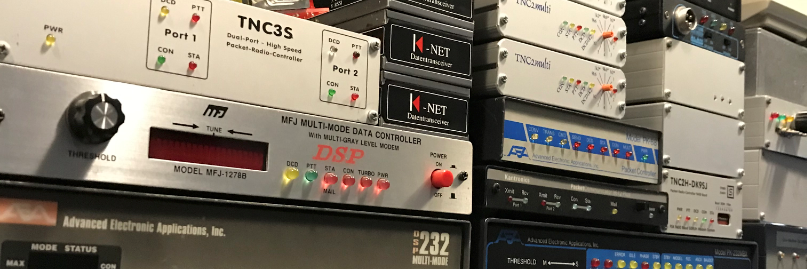

Yes I know i`m a few steps behind, but great news. Direwolf is also support IL2P.
### New Features: ###
- Improved Layer 2 Protocol [(IL2P)](https://en.wikipedia.org/wiki/FX.25_Forward_Error_Correction). Use "-I 1" on command line to enable transmit for first channel. Compatible with Nino TNC for 1200 and 9600 bps.
- Limited support for CM109/CM119 GPIO PTT on Windows.
- Dire Wolf now advertises itself using DNS Service Discovery. This allows suitable APRS / Packet Radio applications to find a network KISS TNC without knowing the IP address or TCP port. Thanks to Hessu for providing this. Currently available only for Linux and Mac OSX. [Read all about it here.](https://github.com/hessu/aprs-specs/blob/master/TCP-KISS-DNS-SD.md)
- The transmit calibration tone (-x) command line option now accepts a radio channel number and/or a single letter mode: a = alternate tones, m = mark tone, s = space tone, p = PTT only no sound.
- The BEACON configuration now recognizes the SOURCE= option. This replaces the AX.25 source address rather than using the MYCALL value for the channel. This is useful for sending more than 5 analog telemetry channels. Use two, or more, source addresses with up to 5 analog channels each.
- For more flexibility, the FX.25 transmit property can now be set individually by channel, rather than having a global setting for all channels. The -X on the command line applies only to channel 0. For other channels you need to add a new line to the configuration file.
> After: "CHANNEL 1" (or other channel)
>
> Add: "FX25TX 1" (or 16 or 32 or 64)

https://en.wikipedia.org/wiki/Improved_Layer_2_Protocol
IL2P (Improved Layer 2 Protocol) is a data link layer protocol originally derived from layer 2 of the X.25 protocol suite and designed for use by amateur radio operators. It is used exclusively on amateur packet radio networks. IL2P occupies the data link layer, the second layer of the OSI model. It is responsible for establishing link-layer connections, transferring data encapsulated in frames between nodes, and detecting errors introduced by the communications channel. The Improved Layer 2 Protocol (IL2P) was created by Nino Carrillo, KK4HEJ, based on AX.25 and implements Reed Solomon Forward Error Correction for greater accuracy and throughput than either AX.25 or FX.25. Specifically, in order to achieve greater stability on links exceeding speeds of 1200 baud. IL2P can be used with a variety of modulation methods including AFSK and GFSK. The direwolf software TNC contains the first open source implementation of the protocol.
So now let`s get the “Dev” branch and start playing with IL2P.
git clone https://github.com/wb2osz/direwolf.git cd direwolf git branch -r git checkout dev mkdir build && cd build cmake .. make update-data make -j4 sudo make install make install-conf




